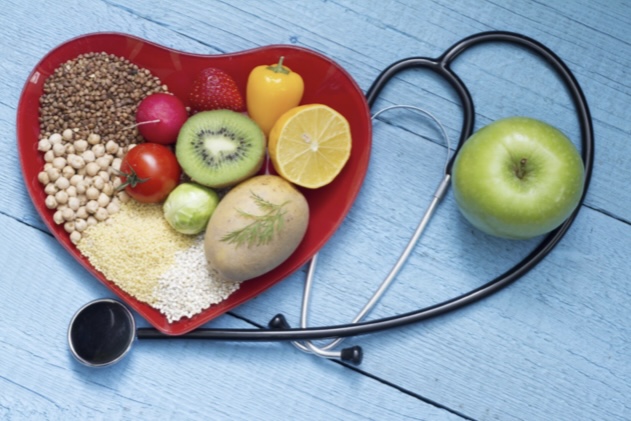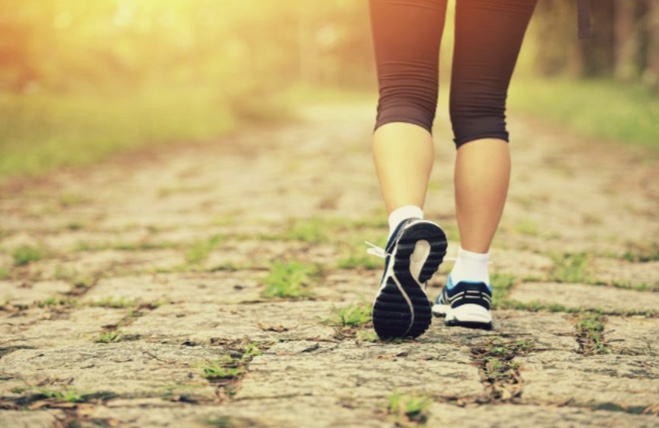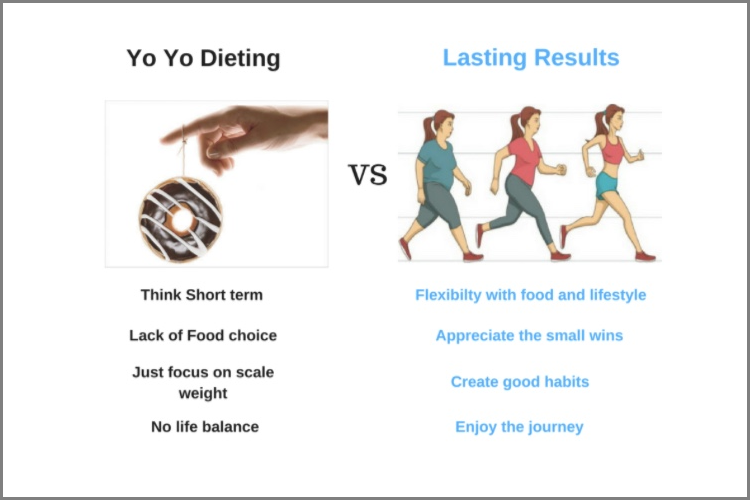Breakfast: Oats Or Breakfast Cereals!
Healthy Vs Unhealthy Breakfast!
Breakfast cereals like corn flakes and wheat flakes are popular breakfast choices.
You don’t need to cook them at all.
All you need is to put them in a bowl and pour cold milk on them and eat!
They are crunchy, sweet, often flavoured with chocolate and are tasty.
Oats are another choice as a breakfast.
Oats are also a easy to cook breakfast but they need to be cooked in milk or water for a few minutes.
And they aren’t sweetened.
Oats are not edible for human beings in their natural form.
Oats too need to be processed to make them edible for us.
But the process of preparing oats and breakfast cereals like corn flakes or wheat flakes is entirely different.
***
Oats:
Oats in their natural form are made of the same three components that all cereals are made from, viz. the bran, the germ and the endosperm.
Like in all cereals, the bran and the nutrient rich germ contain all the fibre, vitamins and minerals and antioxidants, plant compounds or phytochemicals and some complex carbohydrates, about twenty five per cent of the proteins in the whole grain, all the good fats, while the endosperm contains mostly starch and seventy five per cent of proteins. The endosperm does not have any fibre or vitamins and minerals or antioxidants or phytochemicals.
The groat or the kernel of oat grain are contained in a double layer of bracts or hulls that protects the groat while it is developing but dries up and lacks any nutrition once the groat matures.
Oats are inedible for humans when contained in the hulls.
When processing oats, only the good quality oat grains are selected for processing, cleaned of impurities and other grains and then dehulled in a impact dehuller and polished and then sent to a kiln in which the grains are subjected to slow drying and partial toasting by hot air.
This destroys the enzyme systems that can harm the healthy fatty acids within the grain bran and germ, and turn them rancid. Thus the healthy fats in the grain are rendered safe.
After kilning the oats are subjected to steel cutting or steel cutting and flaking.
In both processes there is no harming of the nutrients within the grain.
Thus the complex processing coverts the healthy oat grain from a form unfit for human consumption to a form wholly edible and palatable to us, while retaining all the good nutrition in the grain.
So the processed oats retain all the good nutrition in the original grain
Also it is rich in soluble fibre that helps lower our blood sugar and cholesterol and thus protects us from diabetes, heart disease and strokes.
This is the reason why oats are a healthy breakfast option.
***
Breakfast Cereals: Corn Flakes and Wheat Flakes:
When breakfast cereals like corn flakes or wheat flakes are prepared, the whole corn or wheat grains are ground and the healthy bran and the nutrient rich germ in the whole grain are separated from the endosperm. It is the endosperm that is then used for making the breakfast cereals.
The separated endosperm contains only starch and 75 per cent of the protein in the grain.
But it lacks all the fibre, vitamins and minerals and antioxidants, plant compounds or phytochemicals and the good fats and some complex carbohydrates and 25 per cent of the proteins that the whole grain originally had, as they are removed when the nutrient rich germ and bran are separated from the endosperm.
The endosperm is then cooked and ingredients like sugar, salt, cocoa and water are added to it.
The cooked endosperm is then subjected to processes like extrusion at high temperatures and then it is dried and shaped in different shapes to make them attractive, especially to children.
Thus the breakfast cereals like corn flakes or wheat flakes contain only starch, some protein and extra added sugar and salt and are unhealthy.
Some manufacturers may add a little whole grain flour to the endosperm so that they can claim that the breakfast cereal is whole grain.
But that bit of whole grain does not make the cereal healthy.
And if you still must eat them, check if one helping or serving contains less than 5 gm added sugar and at least more than 3 gm fibre.
And even then eat them very moderately.
Being crunchy and tasty, you can easily eat much more and consume far too much sugar and salt and unhealthy, simple carbohydrates.
***
Verdict:
So the jury and the verdict is that while it is healthy to eat oats in breakfast, it is not healthy to eat breakfast cereals like corn flakes or wheat flakes
Please also read the articles ‘Basics Of Nutrition’ and ‘Effects Of Rava And Maida On Health‘.















